How to Prepare Your Soil for a Healthy Garden
It’s easy to overlook the soil when you’re excited to start planting, but skipping this step can lead to a lot of frustration later. I used to think I could get straight into digging and planting the seeds, and I ended up with a garden that looks disappointing.
Turns out, a little preparation makes everything easier. With the right setup, your garden has a much better chance of doing well from the beginning. I’ll walk you through what works for me and how you can set your garden up for a strong start!
This post may contain affiliate links, which helps keep this content free. Please read our disclosure for more info.
Understanding Your Soil
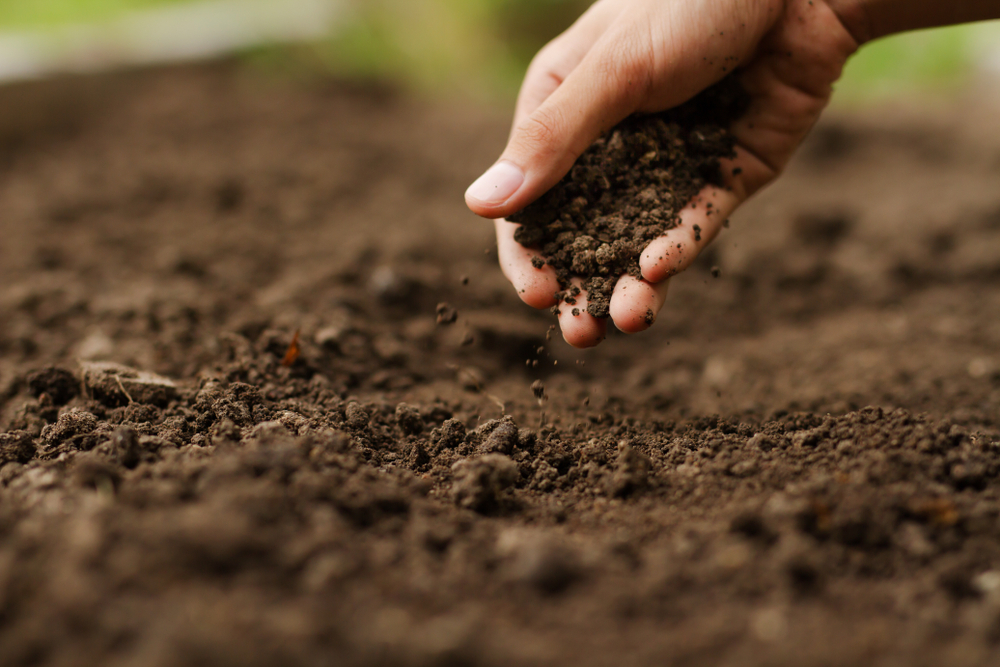
Most soil falls are either sandy, loamy, or clay. Soil type affects how water and nutrients move through the ground. So knowing what you’re working with makes it easier to pick the right plants for your garden.
- Sandy soil is made of sand and small rock, making it drain water easily.
- Clay is tightly packed and holds water well, but roots can have a hard time digging through it.
- Loamy soil has sand, silt, and clay, which makes it the easiest to work with.
To test your soil at home, get your hands on a jar with a tight lid. Dig down a few inches in your garden and fill about one-third to half of the jar with soil. Add water, put a little bit of dishwashing soap, then cover and shake the jar well. Let it sit for at least a day, and grab a ruler to measure the layers. The sand sits at the bottom, silt in the middle, and clay at the top.
Testing Your Soil

Before dumping fertilizers, it’s better to test the soil to check its pH and nutrient levels. You don’t want to make the mistake of making your soil more acidic than what your garden needs.
Take small scoops from a few spots in your garden for your samples. Mix them in a clean jar or bucket, then take a cup of that soil and put it in a bag or container. Send your sample to a garden center or use a home test kit. Check the test results and see if you need more nitrogen, phosphorus, and potassium for your plants.
Adjusting Soil pH

pH plays a huge role in how your plants take in nutrients. If the pH level is off, you might find your plants struggling, even if you’re taking care of them well. Most plants thrive in a pH between 6.0 and 7.0, but it all depends on what you want to grow.
Adding garden lime can raise the pH of your soil, while dumping sulfur can lower it. Just take note that these changes don’t happen overnight, and it can take from a few weeks to several months for the soil to adjust, so be patient and test your garden from time to time.
Improving Soil Fertility and Nutrient Levels

Aside from taking care of the pH level, the soil also needs nutrients to be healthy. Adding compost, manure, leaf molds, and other organic matter gives the soil the nutrient boost it needs while helping it hold water.
As time passes, your nutrient-rich soil will keep your garden strong without needing too much maintenance. On top of that, it’s environmentally friendly!
Soil Preparation Techniques
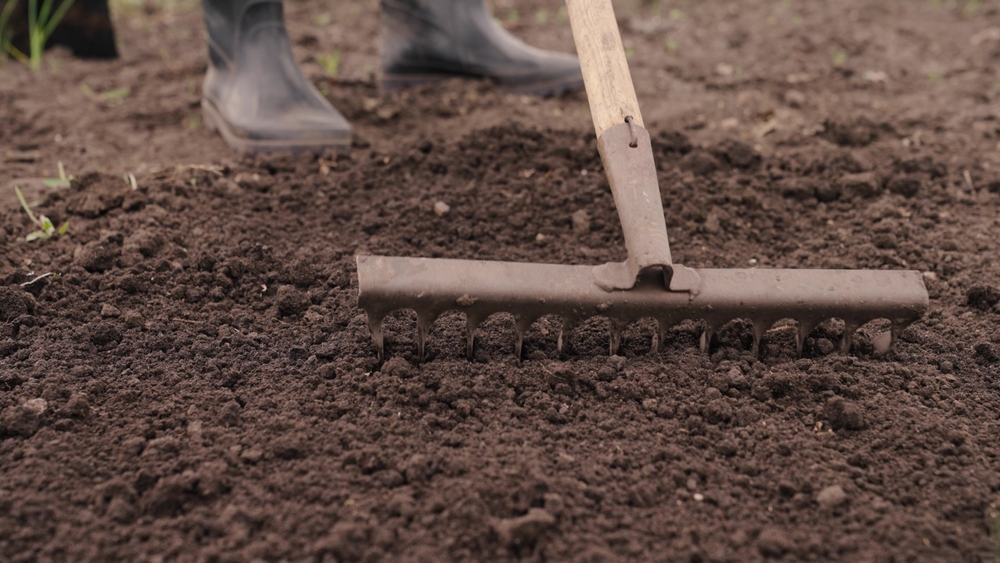
Before planting, it’s best to clean up your garden to make way for your plants. Look out for weeds, leftover roots, small rocks, and other stuff that don’t belong in your garden. Next, think about whether you want to till or not. Tilling breaks up the soil, which helps with air flow and root growth. It’s helpful if the soil is packed down or hasn’t been touched in a while. If you choose to till:
- Try to go 8 to 12 inches deep
- Make sure the soil isn’t soaked
- Clean the tines regularly during and after tilling.
After tilling, give it a week or two of rest before planting so it has time to settle.
Enhancing Soil Structure and Drainage

Having a hard time digging your soil? It might be too compact for the roots to grow. Grab a garden fork and poke some holes in the soil. Add some compost as well to help with drainage.
If you find yourself working with a soil that holds too much water, adding a bit of sand or rotted leaves can help. Going for raised beds is also a great choice since you can keep the soil from getting soggy.
Mulching and Cover Crops
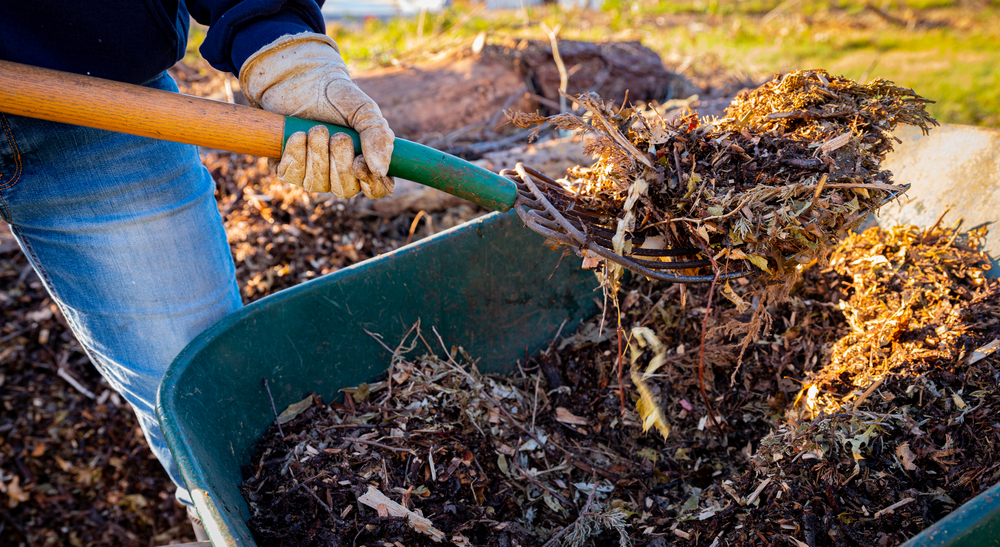
If you want to give your soil the protection and help it needs, adding mulch would do the trick. Mulching can retain moisture, block weeds, and protect the surface from getting washed away. Using organic mulch like straw, wood chips, or leaves will also feed the soil.
Cover crops can also help your soil by stopping weeds and adding more nutrients. They can also serve as mulch and nutrients when tilled back into the soil. Rye, clover, and buckwheat are your top choices during the off-season.
Watering and Soil Moisture Management
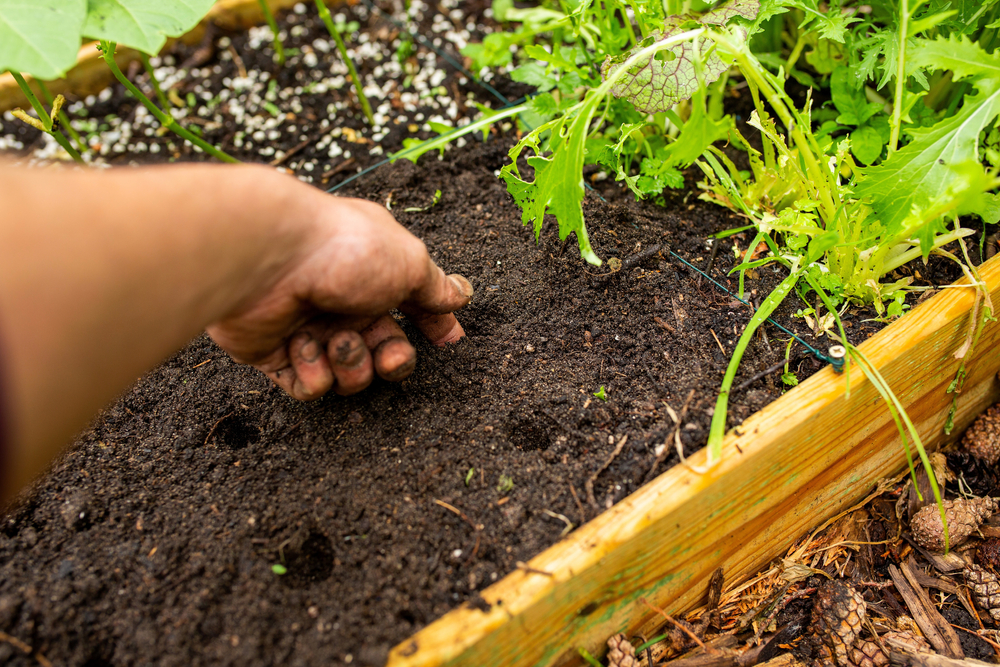
I’m sure that we all know how important water is for your garden. However, too much water can drown your plants, and too little of it can leave them wilting.
The fastest way to check the moisture level is by sticking a finger into the soil. If it’s dry a few inches down, get your can and start watering deeply.
Common Soil Problems and How to Fix Them
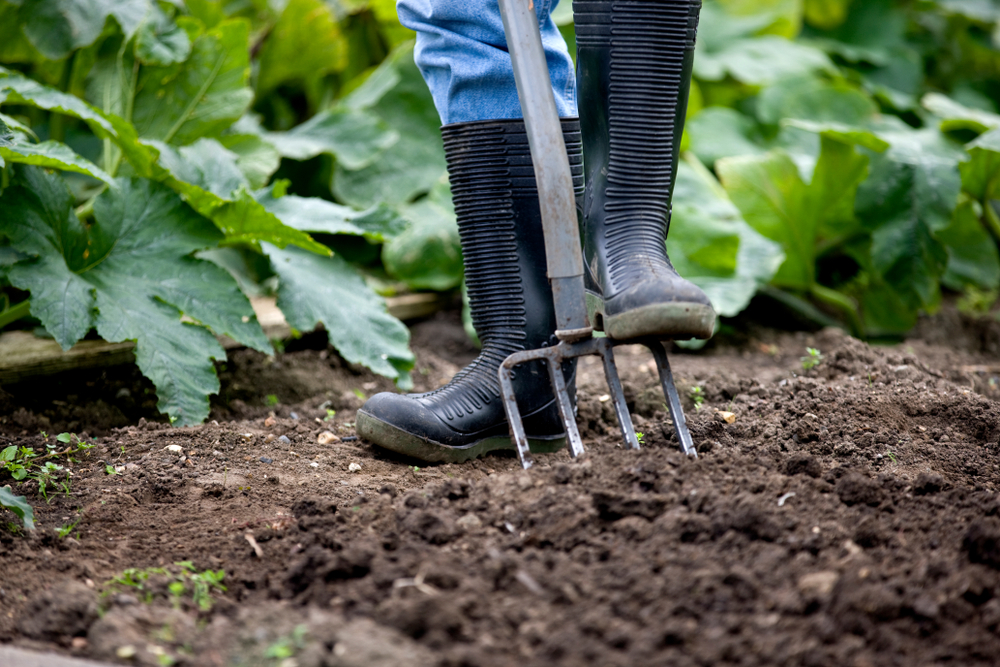
Soil trouble happens. Here are a few problems that gardeners usually face in their gardens and a few tips to handle them.
- If you find the soil hard to dig, it’s probably compacted. Breaking it up and adding organic matter helps loosen things up.
- If you find water pools in your garden after rain, check the drainage. Raised beds or a better soil mix can usually fix that.
- Yellow leaves or slow growth might mean your soil is low on nutrients.
- If you’re growing your garden in a city or near an old building, it’s smart to test for things like heavy metals. Better safe than sorry.
It’s best to take care of minor issues immediately before they get bigger and cost you more time and money.
Maintaining Healthy Soil Long-Term

Getting your soil into good shape is the hard part. Now, all you have to do is keep it healthy.
I recommend changing what you plant every season to retain nutrients while keeping unwanted pests away. Adding compost and organic stuff to your soil is also a good idea. Don’t go too hard on chemicals if you can help it. Good soil makes gardening easier. Once you understand what your soil needs and take a little time to set it up, you can look forward to a healthy garden.
This article originally appeared on Avocadu.
